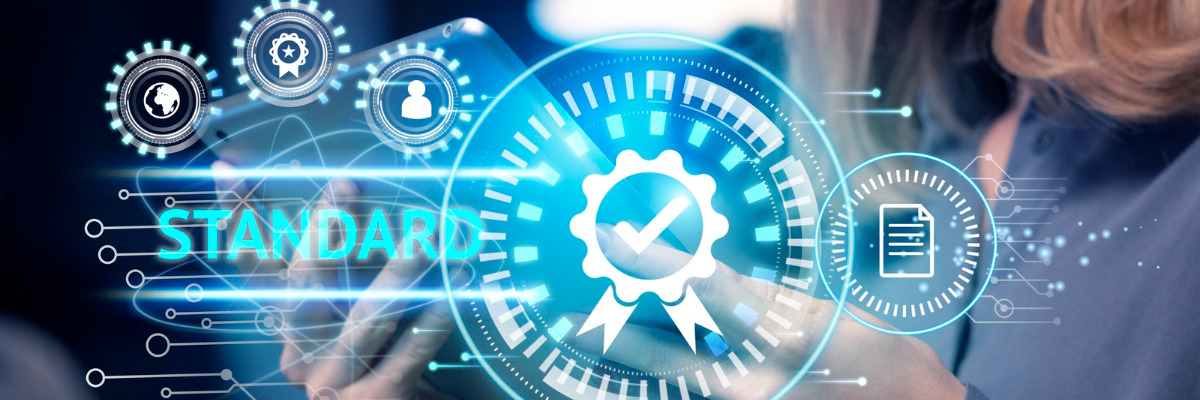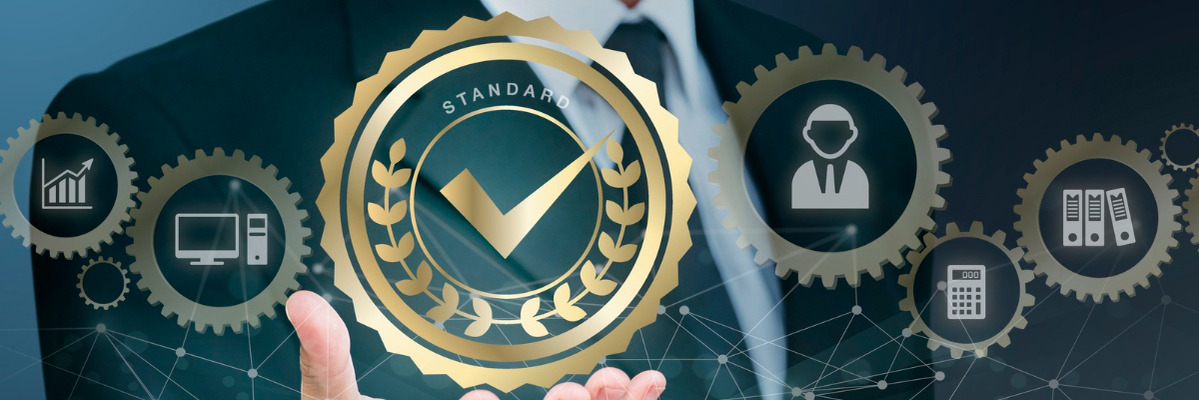
A Background Verification Guide: Frequently Asked Questions and Their Answers
Background verification (BGV) is a crucial process used by employers to ensure they are hiring candidates with accurate credentials and a trustworthy history. Here are answers to some common questions about background verification:
What is background verification?
Background verification is the process of validating information provided by a job applicant to ensure it is accurate and authentic. This typically includes checking employment history, educational qualifications, criminal records, credit history (if relevant), and other relevant details.
Table of Contents
Why is background verification important?
Background verification is important because it helps employers make informed hiring decisions. It ensures that candidates have the qualifications and experience they claim, and it can uncover any discrepancies or red flags that could impact their suitability for the role.
What do employers look for in a background check?
Employers typically look for several key pieces of information:
Employment history: Confirming past job titles, dates of employment, and roles.
Education verification: Checking degrees, diplomas, and certifications claimed by the candidate.
Criminal record check: Identifying any criminal history that could affect job performance or workplace safety.
Credit history (if relevant): Assessing financial responsibility, especially for roles involving financial management or sensitive information.
How long does a background check take?
The duration of a background check can vary depending on factors such as the complexity of the check, the responsiveness of third-party institutions (like schools or previous employers), and the thoroughness required by the employer. Generally, it can take anywhere from a few days to a few week
Do background checks include drug tests?
Drug tests are not typically a part of standard background checks unless the employer specifically requires it for certain roles or in specific industries where drug testing is standard practice.
Can background checks be done without permission?
No, conducting a background check without the candidate’s permission is illegal in most jurisdictions. Employers must obtain written consent from the candidate before initiating a background check.
What happens if something negative is found in a background check?
If negative information is found in a background check, the employer may choose to discuss it with the candidate to get their perspective. Depending on the severity and relevance to the job, it could impact the hiring decision.
Can a candidate dispute the findings of a background check?
Yes, candidates have the right to dispute any inaccuracies found in their background check. They may need to provide additional documentation or information to support their claim.
Is background verification the same as a reference check?
No, background verification and reference checks serve different purposes. Background verification involves verifying information such as employment history and education, while reference checks involve contacting previous employers or colleagues to gather insights about the candidate’s work ethic, skills, and personality.
Who conducts background verification checks?
Background checks are often conducted by third-party companies specializing in identity verification services. These companies have access to databases and resources needed to verify information independently.
These answers provide a comprehensive overview of background verification, highlighting its importance, process, and considerations for both employers and candidates.
Background verification processes can vary depending on the organization and the level of scrutiny required for the position.
Common Background Checks Included by Background Verification Service Providers
Criminal Record Check: This involves checking local, national, and sometimes international databases for any criminal history.
Employment History Verification: This verifies the accuracy of the candidate’s work experience, including job titles, duration of employment, and reasons for leaving.
Education Verification: This confirms the candidate’s educational qualifications, degrees obtained, and institutions attended.
Reference Checks: Contacting provided references (typically previous employers or supervisors) to validate the candidate’s skills, experience, and work ethic.
Identity Verification: Checking that the candidate is who they claim to be through documentation such as passports, driver’s licenses, or other government-issued IDs.
Credit History Check: This is often conducted for positions that involve financial responsibilities to assess the candidate’s financial trustworthiness.
Professional License Verification: Ensuring that any professional licenses or certifications claimed by the candidate are valid and current.
Social Media Screening: Checking publicly available social media profiles to ensure there are no discrepancies or inappropriate behavior that could reflect negatively on the organization.
Drug Testing: Depending on the role and industry, candidates may be required to undergo drug testing to ensure they meet company policies.
Global Watch List Check: This involves screening against various global databases to ensure the candidate is not on any sanctions list or involved in any illegal activities internationally.
Address Verification: Confirm the candidate’s current and previous addresses to establish residency and stability.
Civil Litigation Check: This checks for any history of lawsuits or legal actions involving the candidate.
It’s important to note that not all checks may be applicable to every position or organization. The extent and depth of the background verification process often depends on the sensitivity of the role and the potential impact of the hire on the organization.
Digitizing and Modernizing Background Screening Services
Undoubtedly, over the past few years, a significant portion of candidate screening services have undergone digitalization. This digital revolution is changing how businesses choose background verification service providers and run their operations.
There are numerous instances when workflow simplification can enhance coordination, cut expenses, and quicken background checks.
Below are a few of them:
- Automation of several background screening services, including data collection and report creation.
- Utilization of data analytics tools to swiftly evaluate enormous volumes of data.
- Electronic signatures, self-service portals, and online permission forms make it easy and safe for candidates to finish the necessary paperwork.
- Secure data storage methods, multi-factor authentication, and encryption can all help shield private data from hackers and unauthorized access.
How is MIMO mitigating the risks of background screening in the era of digital technology?
Utilizing predictive analytics for intelligent decisions
Using past information about the candidate, predictive analytics makes predictions about future trends. This translates to projecting the possibility of a candidate’s success based on past performance and traits, such as a candidate’s past performance or accomplishments, in candidate screening or data collection. Organizations can increase the likelihood of reaching project objectives by using predictive analytics to make data-driven decisions and provide accurate information.
Predictive analytics considers a candidate’s entire professional trajectory rather than just the information that is publicly known about them. Using past data, it finds patterns, trends, and success indicators to provide a probability-based estimate of a candidate’s performance or capacity to meet the goals set by the company.
There are significant consequences. Predictive analytics empowers organizations to make data-driven choices, greatly improving their capacity to recognize applicants who have a better chance of succeeding. This provides a more strategic deployment of resources toward candidates that more closely connect with the organization’s aims and streamlines the background verification process.
About MIMO:
‘MIMO Technologies’ is a leading FinTech and Digital Financial Services organization that operates in multiple industry segments and offers you services equipped with technological solutions that can enable your company to rapidly expand your business.
MIMO provides all-inclusive services in the following domains: merchant onboarding, survey and data collection, data digitization, background verification and screening, logistics, last-mile delivery, hyperlocal delivery, transshipment, cash collection, document collection (NACH), loan application and documentation, check and business document pickups, credit card application and documentation, etc.
MIMO’s PAN India network of field officers and data experts, coupled with our tech-enabled platform, has ensured successful data collection in the BGV sector across various geographies within specified timelines. We assist our clients in gaining access to their target respondents and collecting the required data in a simple and efficient manner.
MIMO Technologies helps organizations accelerate their data collection and digital engagement journeys. Our unmatched and exhaustive services address the fundamental needs of all businesses under one roof.
Like this article?
More To Explore

What Factors Should Organizations Consider Before Outsourcing Their Internal Audit Functions?
+91 1141182211 Outsourcing has become a strategic choice for many organizations looking to streamline operations, reduce costs, and enhance efficiency.

Outsourcing Internal Audit: Evaluating the Upsides and Downsides for Your Organization
+91 1141182211 In today’s dynamic business environment, companies face increasing pressure to enhance efficiency, manage risks effectively, and ensure compliance

A Background Verification Guide: Frequently Asked Questions and Their Answers
+91 1141182211 Background verification (BGV) is a crucial process used by employers to ensure they are hiring candidates with accurate










